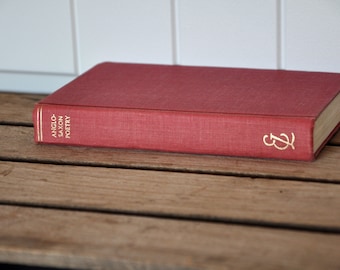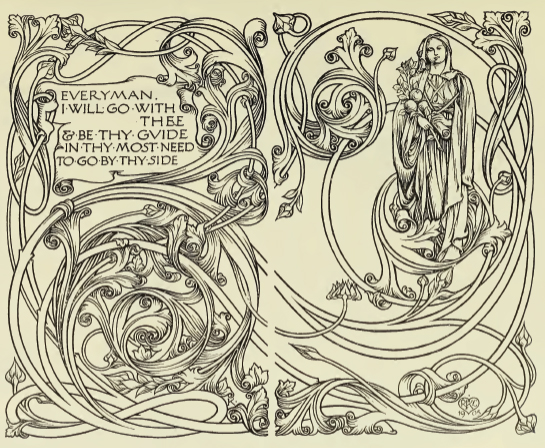Extollager
Well-Known Member
- Joined
- Aug 21, 2010
- Messages
- 9,209
Haunters of library book sales and tables offering the castoffs of old English teachers will likely have run across these books:
http://www.everymanslibrarycollecting.com/flatback.html


.....The series in question is not to be confused with the 1991 revival:
http://www.randomhouse.com/knopf/classics/about.html .....
So here are invited comments about the original series and maybe even its revamped format (including paperbacks from around the Seventies) -- but not the revival discussed in the second link above.
Revamped format:


I'm not a collector of any of these, though I could succumb to the itch to the collected the original series if I encouraged that. I have about 30 of them, most bought inexpensively.
http://www.everymanslibrarycollecting.com/flatback.html


.....The series in question is not to be confused with the 1991 revival:
http://www.randomhouse.com/knopf/classics/about.html .....
So here are invited comments about the original series and maybe even its revamped format (including paperbacks from around the Seventies) -- but not the revival discussed in the second link above.
Revamped format:


I'm not a collector of any of these, though I could succumb to the itch to the collected the original series if I encouraged that. I have about 30 of them, most bought inexpensively.








